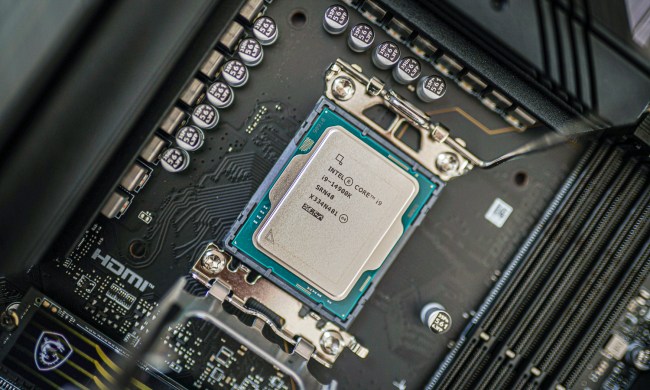We are all guilty of reading news we agree with and a new study by Pew Research Center shows just how deeply embedded habit is when it comes to political news. The study found that “no other source comes close to rivaling Fox News’ appeal to Republicans, a number of sources other than CNN are also highly trusted and frequently used by Democrats.”
But a new app hopes to make Americans’ news diet a bit more diverse, or at least educate them on their media biases.
Ground News was developed by NASA engineer Harleen Kaur, who says her background in engineering is what led her to develop it. “It’s amazing we have so much technology around us, but we can’t find a simple, reliable way to consume news,” she said, citing the general mistrust of news outlets today and the sheer volume of news available.
President Donald Trump’s public and vocal presence on Twitter in particular has amplified the American public’s thoughts about various media outlets, adding fuel to the fire burning across the political spectrum. Ground News, which harnesses the power of an algorithm, almost feels like a return to pre-Twitter journalism.
Old-school news
As Kaur said, the premise is “to mimic the old newspaper model when there was a responsibility to show you what’s happening, versus Twitter” or cable television, which to some extent is customized content. The app’s algorithm culls through nearly 50,000 news sources, determines viability on a number of factors like length of existence, citations in other publications, what they have published already, and social media presence. While some more ideologically extreme sites, like Breitbart, make it through the algorithm, Kaur notes that is a feature, not a bug.
“We found the only way we can present is by giving them different angles of how that news is covered,” she said
Kaur said the biggest challenge in creating an algorithm unlike Google’s or the old Facebook trending news column is to not follow the human instinct to crowdsource reliable news. “That approach has a fundamental flaw because we mistake volume of shares as veracity of news,” she said. In other words, just because a news story was shared thousands of times doesn’t mean it is accurate or something you would want to read.
How it works
Ground News developers also did not want to rewrite relevant news items in some sort of unbiased language because, even then, Kaur noted, “algorithm writers are introducing our own bias.” So, they decided to curate and present any given news story as is, but offer app users multiple points of view.
For instance, when you click on a topic like a Trump administration’s official comment that the U.S. is stepping up pressure on Venezuelan oil companies, four outlets’ coverage of that story are shown: The New York Times, Reuters, National Post (Canada), and One America News Network.
Each outlet’s logo is accompanied with a link to the story but also a designation of “Lean Left,” “Center,” Lean Right,” and “Right,” respectively. All those links are housed under the “Bias” tab. Kaur pointed out the app’s algorithm was not written to classify news outlets, and the app instead uses ratings by third-party ratings groups like Media Bias/Fact Check, AllSides, and Ad Fontes Media.
The next tab is labeled “Time.” The algorithm writers took into account when an article was published about the Venezuelan oil issue. Kaur said the idea is to allow users to see how a story line has progressed, who has covered it along the way, and which was the initial piece of news.
The third tab is “Location,” which Kaur said was designed with the idea of helping smaller local news organizations. For context, with upcoming primary elections in states across the U.S., a Ground News user could go straight to the Location tab or the Map feature in the app and read what local news outlets in Columbia, South Carolina, or Rockford, Illinois, are reporting, in addition to the large national and international outlets.
Expanding horizons
The app also wants to expand your horizons. If you devour tabloid and celebrity news, a look at the charts may lead to expanding your knowledge about politics or tech. In theory, an app user could start reading more articles from news sources that do not necessarily match their bias, but the algorithm will not actively promote any of those pieces in your personal feed. It is up to the user to make that decision, but Kaur said the biggest advantage in Ground News is that all of its sources are easily accessed on one screen.
In a way, this is the opposite of what Google’s news algorithm does, which is change based on the search engine’s more than 10,000 human reviewers’ feedback. This helps Google determine search rankings and can be a death knell for some local and smaller nonprofit news operations.
While the feed changes to show “more of what you like reading, not necessarily the same bias, but what types of stories you prefer,” Kaur said, it appears to not be as reactive as Google’s algorithm. Ground News looks like it allows users to track and change their reading habits at any time. That choice could prove to be an incredible tool for voters, in particular.


